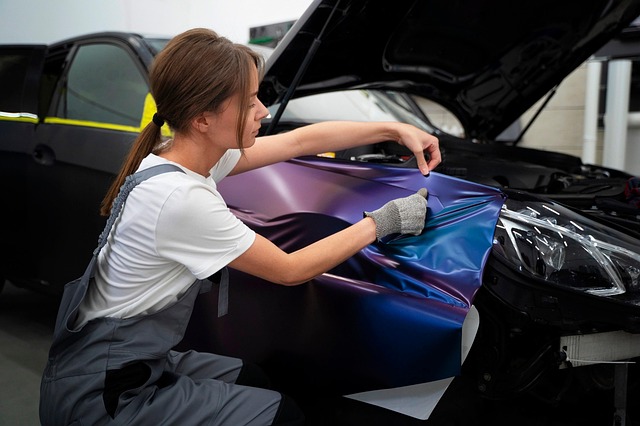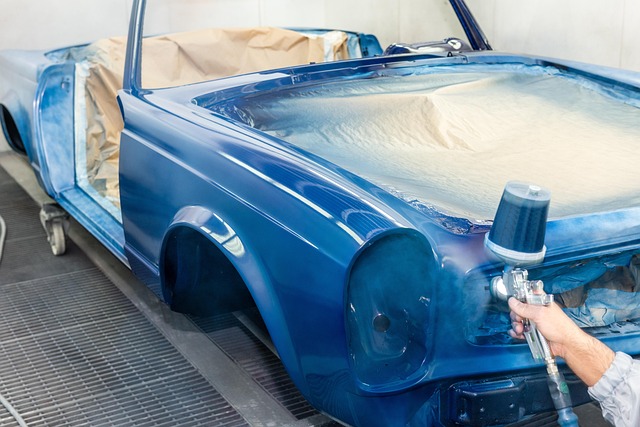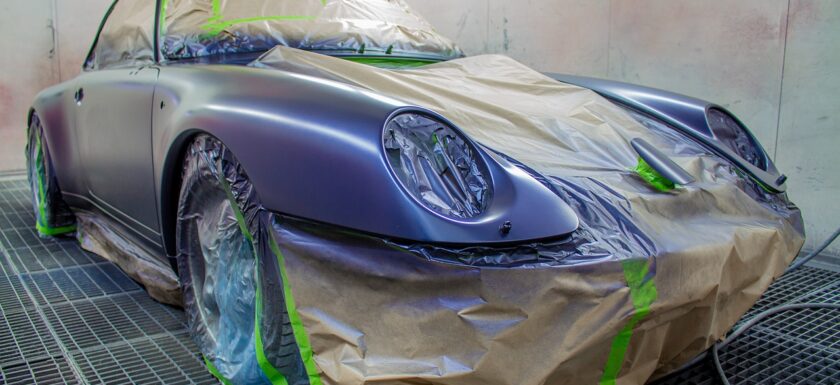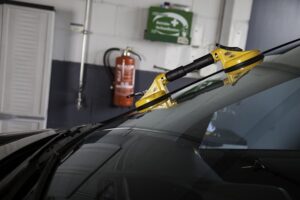Top Factors to Weigh When Selecting Automotive Paints for Your Vehicle
When it comes to giving your vehicle a fresh look or restoring its original shine, choosing the right automotive paint is crucial. The options are vast and can be overwhelming. You want something that not only enhances aesthetics but also stands up to the test of time and elements. Whether you’re a DIY enthusiast or planning a professional job, understanding what factors matter most can make all the difference in achieving that flawless finish. Let’s break down the top considerations for selecting automotive paints that will transform your ride into a head-turner on every street corner.
Type of Paint and Finish Desired
The type of paint you choose plays a big role in the final look of your vehicle. There are several options available, each offering unique finishes and characteristics. Acrylic enamel is popular for its glossy finish and ease of application. It dries quickly and provides decent protection against UV rays. If you’re after something more durable, consider polyurethane-based paints. These offer superior resistance to chemicals and scratches, making them ideal for vehicles exposed to harsh conditions. For those who love customization, specialty paints like metallic or pearlescent can add depth and shimmer. They catch the light beautifully, giving your car an eye-catching quality on the road. Matte finishes have also gained popularity recently. They provide a modern look but require special care to maintain their appearance over time. Your choice will ultimately set the tone for how you want your vehicle to stand out from the crowd.
Durability and Weather Resistance
Durability is a critical factor when choosing automotive paints. Your vehicle faces various environmental challenges daily, from harsh sunlight to heavy rain and snow. A paint that can withstand these elements will keep your car looking new for longer. Weather resistance goes hand in hand with durability. High-quality automotive paints resist fading, chipping, and peeling over time. This is especially important if you live in an area with extreme weather conditions. Consider UV protection as well. Paints designed to block harmful rays will prevent oxidation and color loss. Additionally, look for options that repel dirt and grime so your vehicle stays cleaner between washes.

Color Match and Customization Options
Finding the perfect color match for your vehicle is essential. The right shade can enhance its appearance and value. Automotive paints come in a variety of colors, from vibrant hues to subtle metallics. Customization options are another exciting aspect to consider. Many manufacturers offer unique blends and finishes that allow you to express your personal style. Whether you want a glossy, matte, or pearlescent finish, there’s something out there for everyone. Keep in mind that some paint suppliers provide custom mixing services. This means you can create a one-of-a-kind color tailored just for your car. It’s an excellent way to stand out on the road.
Application Method and Complexity
When choosing automotive paint, consider the application method. Different types come with varying requirements that can affect your project. Spray painting offers a smooth finish but demands precision and practice. It’s best suited for those familiar with the technique or willing to learn. Brush-on paints are more forgiving and easier for beginners. They allow you to control coverage but may require more effort for an even look. Consider whether you’ll do it yourself or hire a professional. DIY projects can save money but might take longer if you’re inexperienced.
Cost and Long-Term Maintenance
When selecting automotive paints, cost is a significant factor that cannot be overlooked. High-quality paint may come with a higher price tag, but it often provides better protection and longevity. Investing in premium products can save you money in the long run. Long-term maintenance also plays a crucial role. Some paints require more frequent touch-ups or reapplications due to wear and tear from UV rays and environmental factors. Choosing durable options means less hassle down the road. Consider how much time you’re willing to dedicate to upkeep. Certain finishes might look stunning initially but could demand extensive care later on. Understanding these aspects will help you make an informed decision that suits both your budget and lifestyle needs. Balancing initial costs with future maintenance requirements can lead to greater satisfaction with your vehicle’s appearance over time. It’s all about finding the right harmony for your specific situation.

Conclusion
Several factors come into play when selecting the right automotive paint for your vehicle. Understanding the type of paint and finish you desire is essential. Whether you prefer a glossy or matte look can dramatically change your car’s appearance. Durability is another critical aspect. The paint should withstand various weather conditions while maintaining its luster. Look for paints that offer excellent resistance to UV rays, rainfall, and even scratches. Color matching cannot be overlooked either. Customization options can help make your vehicle truly unique. A perfect color match ensures that any repairs blend seamlessly with the existing paintwork. The application method also plays a vital role in your decision-making process. Some paints are easier to apply than others, affecting how much time and effort you’ll need to invest in the project. When making your choice, consider both cost and long-term maintenance. While some high-quality paints may come at a premium price, their longevity can save you money down the line through reduced touch-ups and refinishing needs.



 One way to minimize the risk of replacing your windshield is installing a protection film. This thin layer of plastic material is designed to absorb impact, so it can help protect against chips and cracks caused by debris, rocks, or hail. The protection film should be applied professionally to ensure that it adheres correctly and offers maximum protection. If you are interested, consider checking the windshield replacement tempe. They are known to provide quality services. In fact, many people are known to get their windshield protection films installed from them.
One way to minimize the risk of replacing your windshield is installing a protection film. This thin layer of plastic material is designed to absorb impact, so it can help protect against chips and cracks caused by debris, rocks, or hail. The protection film should be applied professionally to ensure that it adheres correctly and offers maximum protection. If you are interested, consider checking the windshield replacement tempe. They are known to provide quality services. In fact, many people are known to get their windshield protection films installed from them. Lastly, it’s essential to inspect your windshield regularly to catch any small problems before they become major ones. Look for signs of chips, cracks, or discoloration and make sure to address any issues immediately before they worsen. In some cases, a simple repair can be enough to prevent the need for a full windshield replacement. Some car owners inspect their windshields every single time they fill up with gas, while others may need to do it once a month or even less often. What works best for you will depend on your particular vehicle and driving habits.
Lastly, it’s essential to inspect your windshield regularly to catch any small problems before they become major ones. Look for signs of chips, cracks, or discoloration and make sure to address any issues immediately before they worsen. In some cases, a simple repair can be enough to prevent the need for a full windshield replacement. Some car owners inspect their windshields every single time they fill up with gas, while others may need to do it once a month or even less often. What works best for you will depend on your particular vehicle and driving habits.